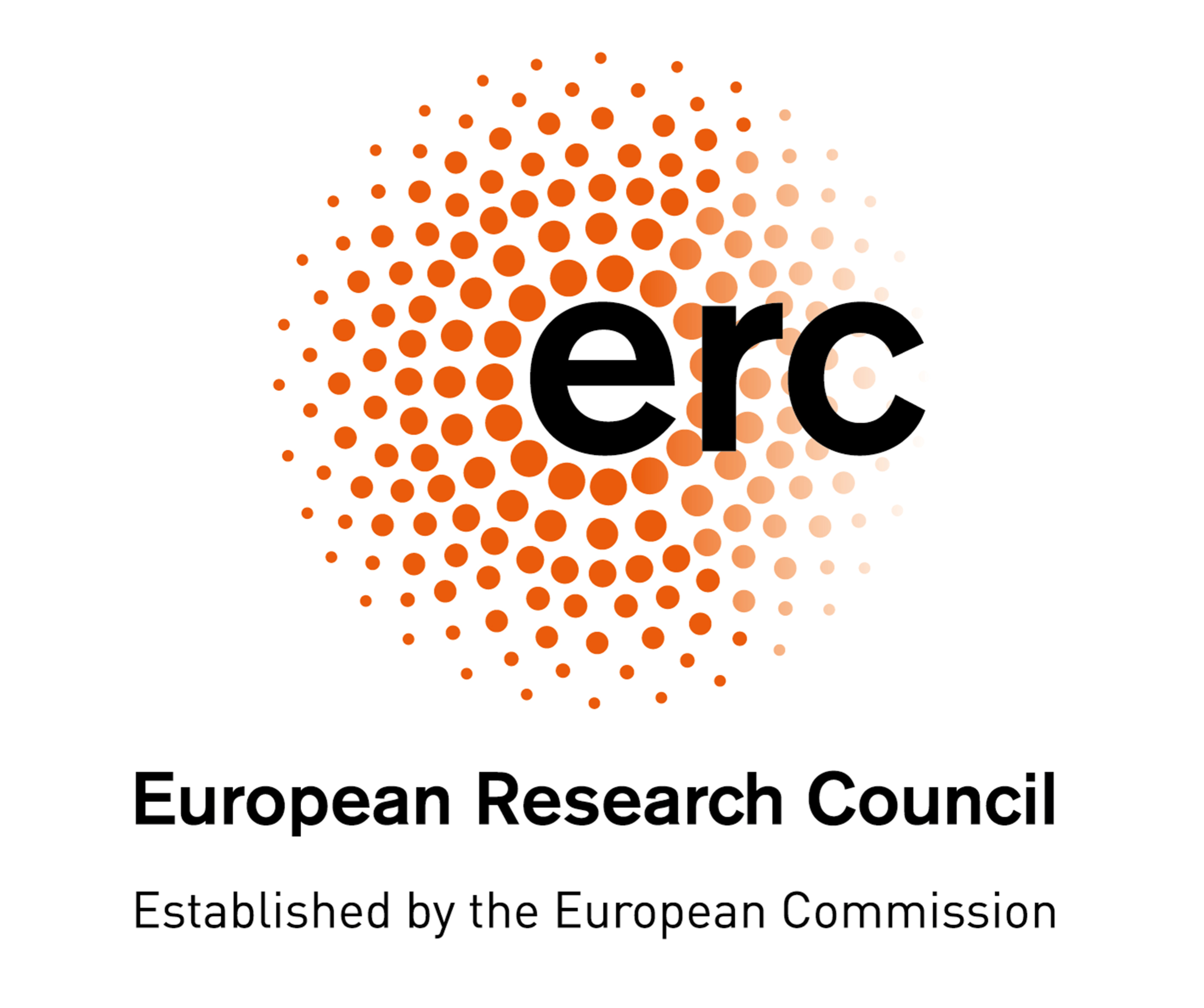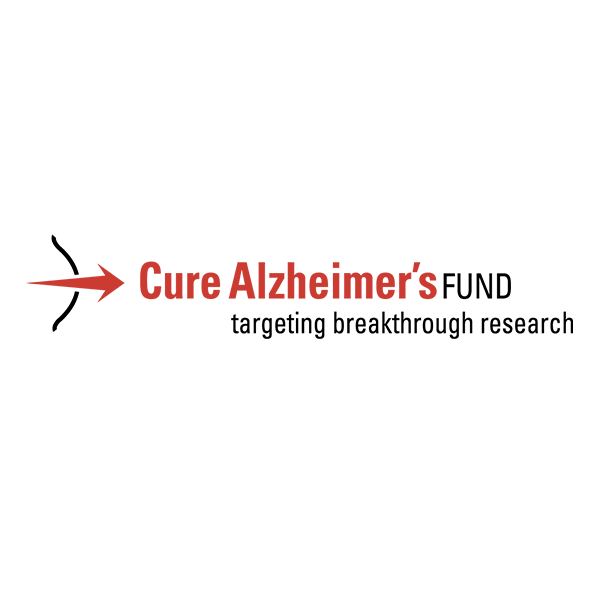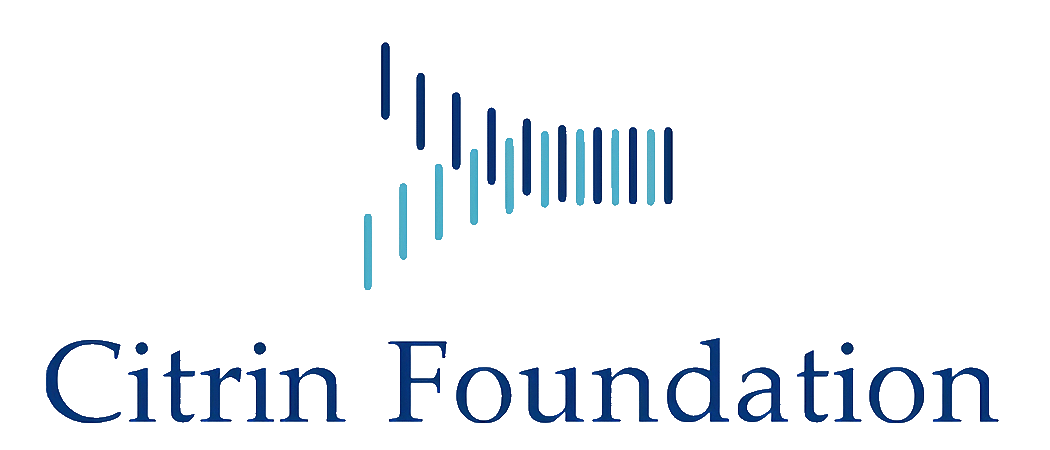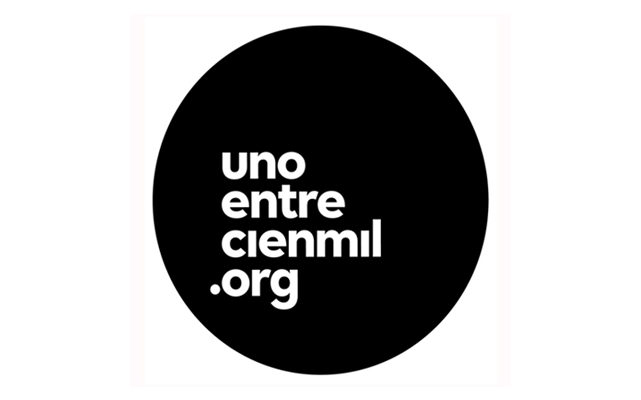Immunometabolism and Inflammation Laboratory
Research summary:
In the last decades, inflammation has been recognized as an important risk factor in numerous human pathologies. Short-term acute inflammation is auto-regulated and needed to defend the organism from pathogens and preserve tissue homeostasis. Chronic inflammation, however, is characterized by infiltrating inflammatory cells, excess cytokine production and deregulation of cell signaling pathways, and has been associated with many diseases including neurodegenerative, cardiovascular, metabolic bone and muscular. Although the cellular and molecular events involved in response to acute inflammation or tissue damage are well understood, less is known about the causes and molecular mechanisms that mediate systemic chronic inflammation. This type of inflammation doesn´t appear to be caused by typical inflammation instigators, as is the case with infections or damaging agents. Instead, they are induced by tissue malfunction and a progressive loss in tissue homeostasis.
The progressive loss of tissue homeostasis and the accumulation of damaged cells are directly associated with aging. In the majority of age-related diseases, patients exhibit an underlying chronic inflammatory state, characterized by a local infiltration of inflammatory cells, mostly macrophages, and elevated levels of pro-inflammatory circulatory cytokines.
Our group is interested in understanding how chronic inflammation may accelerate the aging process. Specifically, we want to study how immune cell metabolism may act as a therapeutic target in delaying aging and age-associated diseases.
The activation, expansion, differentiation and the regression to homeostasis of immune cells are processes associated with metabolic changes. Following antigen recognition, T cells are activated and initiate a proliferation phase characterized by a metabolic change similar to the Warburg effect described in tumoral cells. This metabolic reprogramming could be advantageous for cells that proliferate rapidly, such as cancerous or immune cells. T-cell differentiation and functional fate could be altered by modulating its metabolism. These results have opened up a new field of research, known as immunometabolism, that studies metabolic regulation in the immune response and is currently considered a promising therapeutic window in cancer and autoimmune disease research.
Our major scientific interest involves studying the role of metabolic regulation in the inflammatory response, and defining how immunometabolism may be used as a therapeutic tool in inflammatory diseases and pathologies associated with aging. To do this, we used a murine model whose Tfam gene is specifically deleted in T-cells. Tfam depletion induces a severe decrease in the amount of mitochondrial DNA in T lymphocytes and collapses the expression of important components within the electron transport chain provoking severe mitochondrial dysfunction, alteration of oxidative phosphorylation (OXPHOS) and a significant decrease in mitochondrial ATP production.
The Tfam mouse model has helped us to identify the role of mitochondrial metabolism in the regulation of T-cell inflammatory response by controlling lysosome function. This novel relationship between mitochondria and the cell degradation system can be exploited as a possible therapeutic window in halting chronic inflammation and preventing human diseases associated with aging.
In summary, our lab uses a multidisciplinary approach to explore immunometabolism as a new therapeutic target against chronic inflammation and aging. We hope this strategy strengthens our understanding and helps us learn about new molecular mechanisms involved in human inflammatory pathologies to improve clinical interventions in age-associated diseases.

Figure 1.
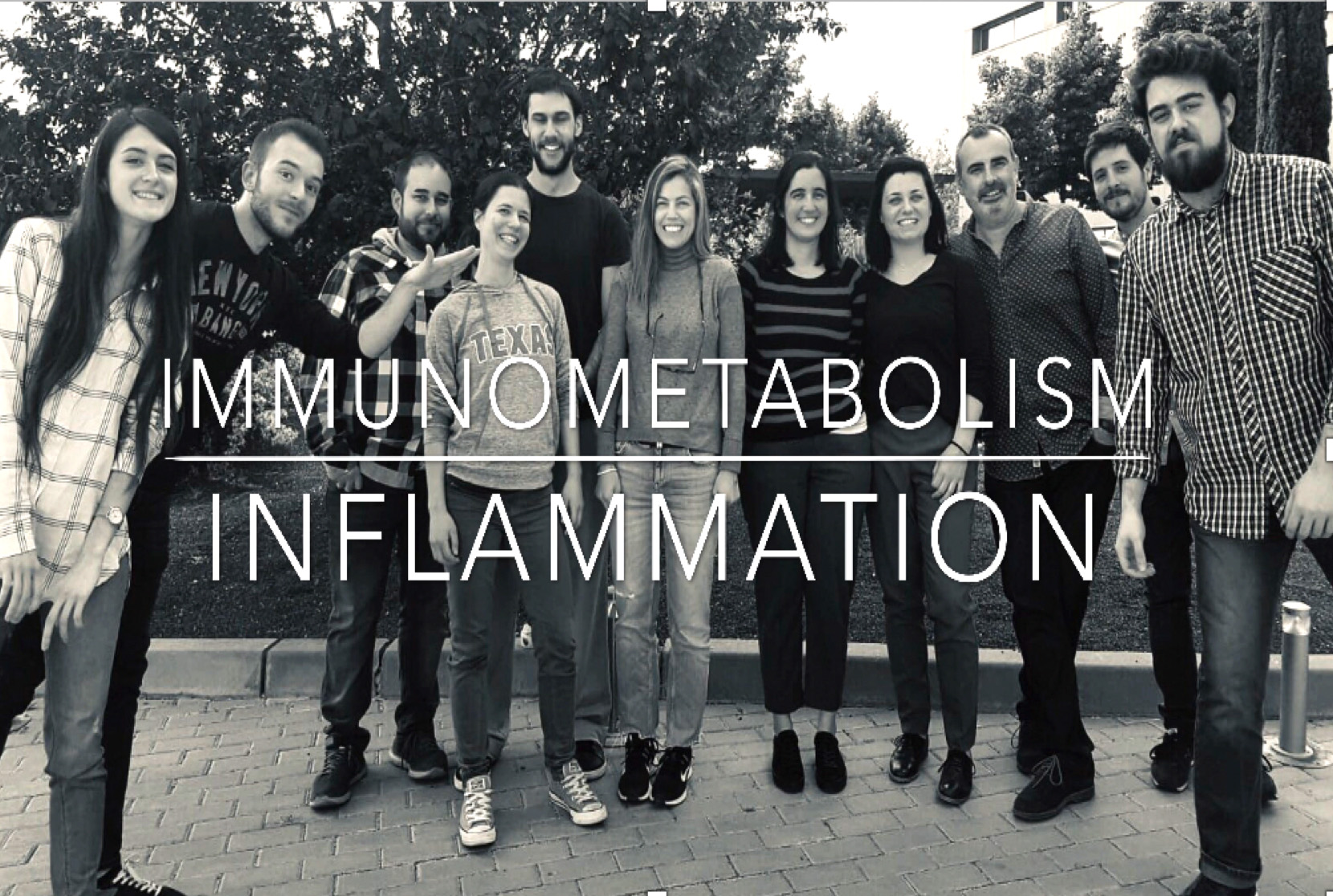
| Last name | Name | Laboratory | Ext.* | Professional category | |
|---|---|---|---|---|---|
| Anerillas Aljama | Carlos | 126 | 4529 | canerillas(at)cbm.csic.es | Investigador |
| Blanco Ruíz | Eva María | 126 | 4529 | eblanco(at)cbm.csic.es | M1 |
| Carrasco Cerro | Elisa | 126 | 4529 | elisa.carrasco(at)cbm.csic.es | Profesor Ayudante Doctor |
| Delgado Pulido | Sandra | 126 | 4529 | sdelgado(at)cbm.csic.es | M3 Predoc.formación |
| Escrig Larena | José Ignacio | 126 | 4529 | jiescrig(at)cbm.csic.es | Titulado Sup. Actividades Tecn. y Prof.GP1 |
| Fernández Almeida | Álvaro | 126 | 4529 | alvaro.fernandez(at)cbm.csic.es | M2 |
| Francos Quijorna | Isaac | 126 | 4529 | isaac.francos(at)cbm.csic.es | Investigador Doctor |
| Gabandé Rodríguez | Enrique | 126 | 4529 | egabande(at)cbm.csic.es | M3 |
| Gálvez Castaño | María Isabel | 126 | 4528 | Estudiante | |
| Mittelbrum Herrero | María | 126 | 4528 | mmittelbrunn(at)cbm.csic.es | E.Científicos Titulares de Organismos Públicos de Investigación |
| Montero Gómez de las Heras | Manuel | 126 | 4529 | manuel.montero(at)cbm.csic.es | Contrato Predoctoral |
| Pérez Manrique | Mario | 126 | 4529 | mario.perez(at)cbm.csic.es | M3 Predoc.formación |
| Soto Heredero | Gonzalo | 126 | 4529 | gonzalo.soto(at)cbm.csic.es | M2 |
| Villar Castillo | Marta | 126 | 4529 | marta.villar(at)cbm.csic.es | M3 Predoc.formación |
| Winand Osete | Elia Inma | 109 | 4528 | Estudiante TFG |
Relevant publications:
- Hallmarks of T cell aging. Mittelbrunn M, Kroemer G. Nat Immunol. 2021 May 13. doi: 10.1038/s41590-021-00927-z. Online ahead of print. PMID: 33986548 Review. Link de Acceso :https://rdcu.be/ckzeo
- Nicotinamide adenine dinucleotide metabolism in the immune response, autoimmunity and inflammageing. Navarro MN, Gómez de Las Heras MM, Mittelbrunn M.Br J Pharmacol. 2021 Apr 5. doi: 10.1111/bph.15477. Online ahead of print. PMID: 33817782 Review
- Mitochondrial dysfunction defines T cell exhaustion. Soto-Heredero G, Desdín-Micó G, Mittelbrunn M.Cell Metab. 2021 Mar 2;33(3):470-472. doi: 10.1016/j.cmet.2021.02.010.PMID: 33657392 https://authors.elsevier.com/a/1cgEg5WXUlLHJS
- Extracellular Tuning of Mitochondrial Respiration Leads to Aortic Aneurysm. Oller J, Gabandé-Rodríguez E, Ruiz-Rodriguez MJ, Desdín-Micó G, Aranda JF, Rodrigues-Diez R, Ballesteros-Martínez C, Blanco EM, Roldan-Montero R, Acuña P, Forteza Gil A, Martín-López CE, Nistal JF, Lino Cardenas CL, Lindsay ME, Martín-Ventura JL, Briones AM, Redondo JM, Mittelbrunn M.Circulation. 2021 Mar 12. doi: 10.1161/CIRCULATIONAHA.120.051171. Online ahead of print.PMID: 33709773
- Desdín-Micó G, Soto-Heredero G, Aranda JF, Oller J, Carrasco E, Gabandé-Rodríguez E, Blanco EM, Alfranca A, Cussó L, Desco M, Ibañez B, Gortazar AR, Fernández-Marcos P, Navarro MN, Hernaez B, Alcamí A, Baixauli F, Mittelbrunn M. T cells with dysfunctional mitochondria induce multimorbidity and premature senescence ( Full text). Science. 2020 Jun 19;368(6497):1371-1376. doi: 10.1126/science.aax0860. Epub 2020 May 21.PMID: 32439659
- Soto-Heredero G, Gómez de Las Heras MM, Gabandé-Rodríguez E, Oller J, Mittelbrunn M. Glycolysis - a key player in the inflammatory response. FEBS J. 2020 Apr 7. doi: 10.1111/febs.15327. Online ahead of print.PMID: 32255251
- Gabandé-Rodríguez E, Gómez de Las Heras MM, Mittelbrunn M. Control of Inflammation by Calorie Restriction Mimetics: On the Crossroad of Autophagy and Mitochondria. Cells. 2019 Dec 28;9(1):82. doi: 10.3390/cells9010082.PMID: 31905682 4
- Carrasco E, Soto-Heredero G, Mittelbrunn M. The Role of Extracellular Vesicles in Cutaneous Remodeling and Hair Follicle Dynamics. Int J Mol Sci. 2019 Jun 5;20(11):2758. doi: 10.3390/ijms20112758.PMID: 31195626
- Soto-Heredero G, Baixauli F, and Mittelbrunn M. (2017) Interorganelle Communication between Mitochondria and the Endolysosomal System. Front Cell Dev Biol. Nov 7; 5: 95.
- Desdín-Micó G, Soto-Heredero G, Mittelbrunn M. (2017) Mitochondrial activity in T cells. Mitochondrion. S1567-7249(17)30192-7.
- Desdín-Micó G, Mittelbrunn M. (2017) Role of exosomes in the protection of cellular homeostasis. 11(2):127-134.
- Baixauli F, Acín-Pérez R, Villarroya-Beltrí C, Mazzeo C, Nuñez-Andrade N, Gabandé-Rodriguez E, Ledesma MD, Blázquez A, Martin MA, Falcón-Pérez JM, Redondo JM, Enríquez JA, Mittelbrunn M. (2015) Mitochondrial Respiration Controls Lysosomal Function during Inflammatory T Cell Responses. Cell Metab. 22(3):485-98.
- Baixauli F, López-Otin C, and Mittelbrunn M. (2014) Exosomes and autophagy: coordinated mechanisms for the maintenance of cellular fitness. Front Immunol. Aug 20;5:403.
- Mittelbrunn M, Sánchez-Madrid F. (2012) Intercellular communication: diverse structures for exchange of genetic information. Nat Rev Mol Cell Biol. 13(5):328-35.






